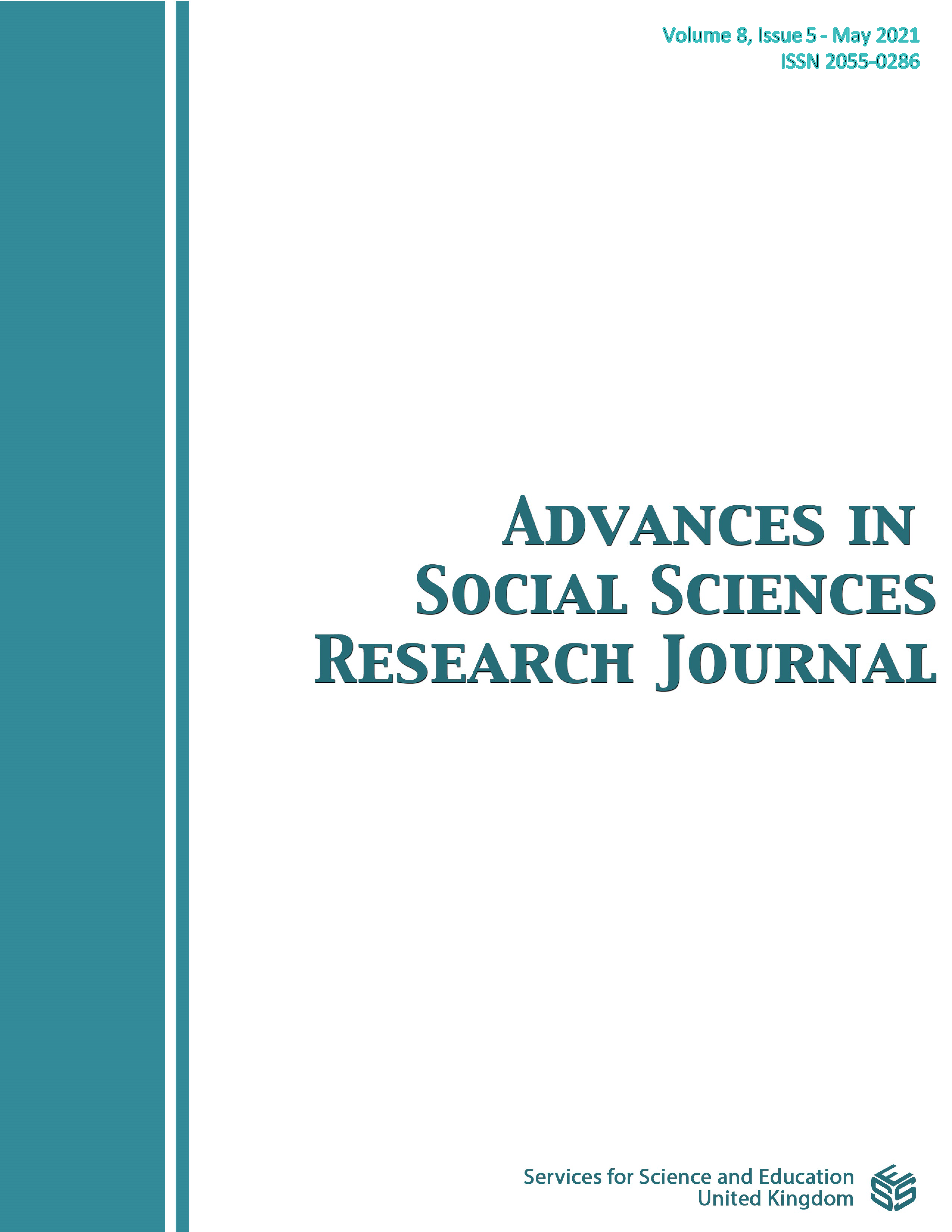Exploring Salience as a Strategic Disposition in Kenya
DOI:
https://doi.org/10.14738/assrj.85.10159Keywords:
Salience, competitiveness, KenyaAbstract
Drawing from the socio-cognitive theory and upper echelon theory, we examined the relationship between salience and competitiveness by surveying 163 managers from leather and textile firms in Kenya. We used three dimensions of salience: impact, sensitivity and interest and measured competitiveness using both efficiency, such as profit; and effectiveness measures such as innovation. We found a significant relationship between all the dimensions of salience and competiveness (Impact: r = .250, p = .001; Sensitivity: r = .436, p < .001; Interest: r = .416, p < .001; Salience: r = .427, p <.001). Further, sensitivity significantly influenced the odds for competitiveness at 5% level of significance (sensitivity: exp (B) = 2.435, Wald = 4.191, p = .041); impact had the least negative and insignificant (exp (B) = .693, p = .444) prediction of the odds for competiveness. These findings suggest that the factors that are considered by managers of organizations as impactful, of interest and which managers perceived as sensitive have implications for competitiveness. It is recommended that managers enhance their cognitive capacity with regard to salience to be able to perceive and interpret environmental cues and use these to make appropriate strategic decisions to improve their competitiveness.
Downloads
Published
How to Cite
Issue
Section
License
Authors wishing to include figures, tables, or text passages that have already been published elsewhere are required to obtain permission from the copyright owner(s) for both the print and online format and to include evidence that such permission has been granted when submitting their papers. Any material received without such evidence will be assumed to originate from the authors.






